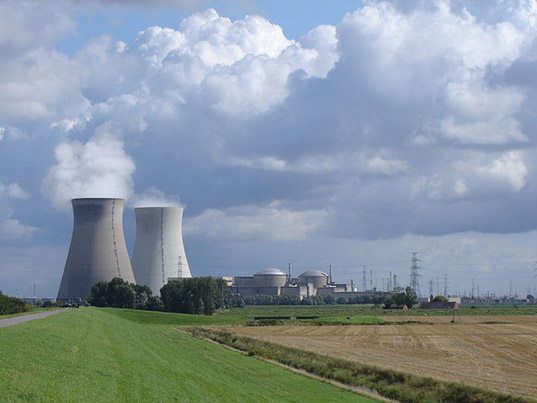Nuclear: The slow death of fast reactors

Fast neutron reactors are “poised to become mainstream” according
to the World Nuclear Association. The Association lists eight “current”
fast reactors although three of them are not operating. That leaves
just five fast reactors ‒ three of them experimental.
Fast reactors aren’t becoming mainstream. One after another country
has abandoned the technology. Nuclear physicist Thomas Cochran summarises
the history: “Fast reactor development programs failed in the: 1)
United States; 2) France; 3) United Kingdom; 4) Germany; 5) Japan; 6)
Italy; 7) Soviet Union/Russia 8) U.S. Navy and 9) the Soviet Navy. The
program in India is showing no signs of success and the program in China
is only at a very early stage of development.”
The latest setback was the decision
of the Japanese government at an extraordinary Cabinet meeting on
September 21 to abandon plans to restart the Monju fast breeder reactor.
Monju reached criticality in 1994 but was shut down in December 1995
after a sodium coolant leak and fire. The reactor didn’t restart until
May 2010, and it was shut down again three months later after a fuel
handling machine was accidentally dropped in the reactor during a
refuelling outage. In November 2012, it was revealed that Japan Atomic
Energy Agency had failed to conduct regular inspections of almost 10,000
out of a total 39,000 pieces of equipment at Monju, including
safety-critical equipment.
In November 2015, the Nuclear Regulation Authority declared that the
Japan Atomic Energy Agency was “not qualified as an entity to safely
operate” Monju. Education minister Hirokazu Matsuno said on 21 September 2016 that attempts to find an alternative operator have been unsuccessful.
The government has already spent 1.2 trillion yen (US$12bn) on Monju. The government calculated that it would cost another 600 billion yen (US$6bn) to restart Monju and keep it operating for another 10 years.
Decommissioning also has a hefty price-tag ‒ far more than for conventional light-water reactors. According to a 2012 estimate by the Japan Atomic Energy Agency, decommissioning Monju will cost an estimated 300 billion yen (US$3bn).
Data: 05.10.2016
Fonte: www.reneweconomy.com.au



















Nessun commento:
Posta un commento